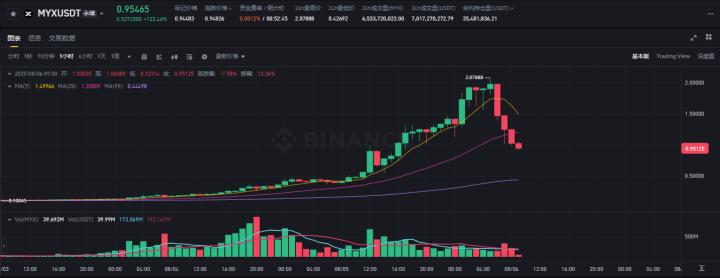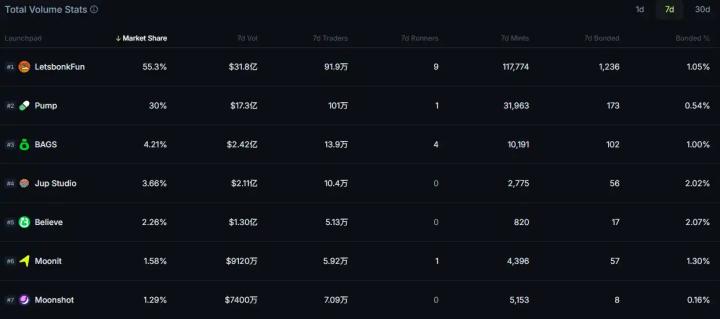Written by: Bu Shuqing, Wall Street Insights
MEME stocks are making a comeback, with retail investor speculation igniting a July market frenzy and raising bubble concerns, but analysts believe this round of hype has a relatively limited spillover effect on the overall market.
Analysts argue that unlike the MEME stock wave dominated by GameStop and AMC in 2021, the current speculative activity is mainly concentrated in small-cap and low-priced stocks, with minimal impact on major indices like the S&P 500.
Despite the risk of capital misallocation, historical experience shows that such speculative bubbles typically do not affect broader markets.
Low-priced stocks become new speculation darlings, trading volume reaches record highs
The most notable market feature in July is the crazy chase for low-priced stocks. Data shows that the bottom tenth of stocks by price saw a median gain of 16% at the peak of the new MEME stock wave on July 23, far exceeding the 1.4% gain of the highest-priced stocks. The initial stock price became the best predictor of performance that month.
This investment logic based on stock price rather than company fundamentals seems absurd to institutional investors. Companies can easily change their stock price through simple stock splits or reverse splits without affecting shareholders' actual ownership or profit sharing. Unless the stock price is long-term below $1 and faces delisting risk, the absolute stock price itself is meaningless.
However, many retail investors either do not understand this basic principle or choose to ignore it. In the heated trading of July, their strategy indeed worked, and professional investors' rational analysis failed. When the speculative frenzy reversed at the month's end, the cheapest stocks also saw the largest declines, reaching 6%.
Capital allocation concerns emerge, historical lessons worth heeding
Excessive speculation can lead to improper capital allocation, as clearly demonstrated by the MEME stock frenzy of 2021.
At that time, companies like GameStop and AMC issued billions of new shares at high prices, but their stock prices subsequently plummeted. GameStop and AMC have currently fallen 74% and 99% from their peaks, respectively.
Economist Keynes warned in 1936 that when "business becomes a bubble on a speculative whirlpool," capital will flow to the wrong companies, damaging growth and employment. This concern is equally applicable in the current environment, especially when speculative funds flood into companies with weak fundamentals.
However, the current speculative activity's impact remains relatively limited.
There are no low-priced stocks in the S&P 500, and cheaper stocks among large companies did not show a clear performance pattern in July. When retail investors pushed up bubbles in green stocks, SPACs, and unprofitable tech stocks in 2021, these bubbles' collapse also had minimal impact on the broader market.
Market sentiment tends to be rational, overall risk is controllable
Long-term sentiment surveys by the American Association of Individual Investors and Investors Intelligence show that current investor sentiment is more positive than early in the year but has not reached an overly optimistic level. Futures traders tend towards bullish options, but not to the extent seen in 2021.
Analysts estimate that retail investors may have boosted the S&P 500 index through buying on dips since April, but their influence was relatively limited in July.
The current MEME stocks, dubbed DORK stocks (derived from Krispy Kreme, Opendoor Technologies, Rocket, and Kohl's company codes), are merely the public manifestation of private traders' summer speculative fervor.
Although investors have reasons to worry about high stock prices, tariffs' impact on profits, potential economic weaknesses, and excessive AI enthusiasm, the boom and bust of MEME stocks and low-priced stocks have a very limited spillover effect on the rest of the market. Historical experience shows that such speculative activities are more of a market fringe phenomenon, rather than a significant source of systemic risk.








